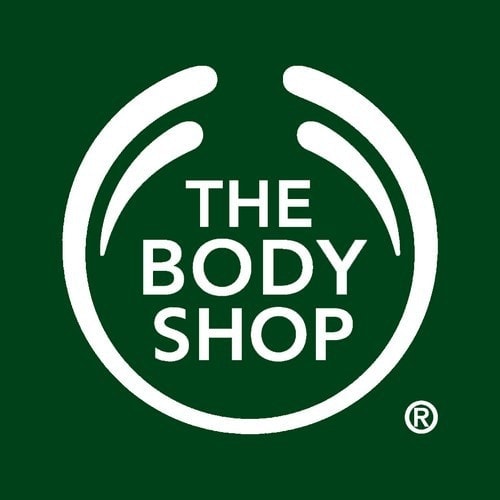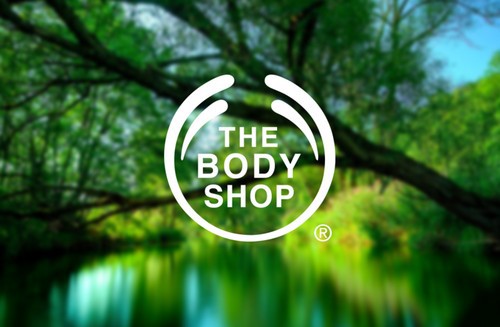The Marketing mix of The Body Shop analyses the 4Ps of The Body Shop, including the Product, Price, Place, and Promotions. The Body Shop International Limited uses its trading name, The Body Shop, in the consumer market. It is a subsidiary of its Brazilian parent company, Natura & Co., and was owned by French company L’Oreal from 2006 to June 2017. Its founder, Anita Roddick, founded this brand of British origin in 1976, 26th March. The Body Shop is associated with the cosmetic industry as it deals in beauty products. It faces competition from the following.
- Sephora USA, Inc
- Bath & Bodyworks, LLC
- Alliance Boots GmbH
About Body Shop
- Type: The Body Shop is a British multinational cosmetics, skincare, and perfume company.
- Industry: Cosmetics
- Founded: 1976, Brighton, United Kingdom
- Founder: Anita Roddick
- Headquarters: Littlehampton, West Sussex, United Kingdom
- Area served: Worldwide
- Current CEO: David Boynton
- Number of employees: Over 22,000
- Major Products: Cosmetics, skincare, and perfume
Table of Contents
The Body Shop Product Strategy
The Body Shop is an internationally acclaimed company with over one thousand products. It is naturally inclined towards creating eco-friendly and natural products and features ingredients like sesame seed oil and marula oil.
Its diversified product portfolio includes products according to skin types like normal, oily, sensitive, dry, and combination skin. The products are also based on age, like for the younger generation, mature people, aging, and first signs. Several products are used for protection and skin concerns like free skin, blackheads, spots, hydrated skin, balanced skin, protected skin, radiant skin, sun protection, and nourished eyes.
The new Product Mix of The Body Shop in 2023 is as follows (Source).
- Skincare: Offering cleansers, toners, moisturizers, and treatments for various skin types.
- Hair Care: Includes shampoos, conditioners, and specialized hair treatments.
- Cosmetics: Features makeup for face, eyes, and lips, focusing on natural beauty.
- Fragrances: Comprises perfumes, body mists, and home fragrances with natural scents.
- Ethical Practices: Known for its stance against animal testing and environmentally friendly packaging.
- Natural Ingredients: Emphasizes using natural ingredients and ethical sourcing in its products.
The Body Shop Place Strategy
The Body Shop has spread its product presence to more than three thousand forty-nine outlets owned by the company or lets through the franchisee system. Its international presence includes sixty-six countries like Belgium, Canada, France, Italy, Saudi Arabia, Indonesia, Japan, Korea, Romania, India, Hungary, Portugal, Finland and Bangladesh. The Body Shop is based in West Sussex in the United Kingdom.
The Body Shop has a strong distribution network that facilitates bringing in the raw materials and sending the end products diligently to its customers. Its organized supplier network helps it in getting raw materials from local communities. It believes in the franchise system and has well-designed outlets whose peaceful ambiance helps attract customers.
Besides, the retail shops’ products are also available via the multilevel marketing channel ‘The Body Shop at Hom.’. These netshops started in 1994; through them, the consultants or distributors could recruit’ other people to market and sell their products. According to a report in the year 2008, the consultants received a 25% personal discount on the items, and this channel was first tried in Australia and after its success in other countries like New Zealand, Canada, Germany, Mexico, France, South Korea, and The Netherlands.
The Body Shop’s place strategy focuses on wide accessibility and ethical presence:
- Retail Stores: A global network of stores in prominent locations, making products easily accessible to a broad customer base.
- Online Platform: A robust e-commerce platform that provides convenience for customers who prefer online shopping.
- Franchise Model: Utilizes a franchise model to expand its global presence, allowing local entrepreneurs to be part of The Body Shop’s brand.
- Community Trade Program: Sourcing ingredients from the Community Trade program, supporting Shop’srade practices and sustainability.
- Multi-Channel Distribution: Combines physical stores, online sales, and third-party retailers to maximize market reach and customer accessibility.
The Body Shop Pricing Strategy
At the end of the 2018 financial year, the brand posted its revenues at 1.4 billion US dollars. The Body Shop has targeted women from cosmopolitan cities and urban classes who are health and beauty-conscious and belong to higher-income groups. The brand has positioned itself as a natural care luxurious brand that caters to a high-end section of society. It has recently included men as their target customers and has been marketing products for them.
The Body Shop has targeted those who appreciate eco-friendly products even if their range is high. Its branding nature is ethical and contributes to high costs. This has led to the high prices of the products. The brand has maintained premium prices for its premium products. It faces a lot of competition, even in premium category products. To compete with rival brands, it has adopted a competitive pricing policy that keeps its product prices at par with the prices of rival brands.
The Body Shop’s pricing strategy reflects its brand values and market position:
- Value-Based Pricing: Aligns prices. Shop the perceived value of natural ingredients and ethical sourcing.
- Mid-Range Affordability: Maintains affordable pricing yet reflective of quality, catering to a broad customer base.
- Premium for Specialized Products: Some specialized or niche products are priced at a premium due to unique ingredients or benefits.
- Frequent Promotions: Regular promotions and discounts to maintain customer engagement and affordability.
- Loyalty Programs: Implement loyalty programs offering discounts and rewards, encouraging repeat purchases and customer retention.
The Body Shop Promotion Strategy
The Body Shop has used several marketing policies to promote its brand name in the consumer market. It has adopted a societal marketing concept and encourages usage of plant-based materials. Its advertisements are mainly through fashion magazines and social media platforms. The brand has a website that markets its products.
It also has tie-ups with other shopping portals that sell its products online. The official website also offers regular product updates and the latest offerings and incentives. Skincare articles are published on its site, informing the consumers about the actual way of putting and removing makeup, which product will suit which type of skin, the ingredients used in product formation, and its personalized gift programs.
The Body Shop has used environmental and social campaigns to promote its brand in the consumer market. In 1986, the brand was associated with the Save the Whales campaign. The Body Shop outlets posted posters on the windows of their shops, sponsoring local community events. It has campaigned sincerely to end cosmetic testing on animals. Its products are certified as a non-animal tested brand.
The Body Shop has received recognition and awards for its contribution, like the Lifetime Achievement Award in 2009 by RSPCA, to recognize its stand on not testing its products on animals.
The Body Shop Foundation was established in the 1990s to support global animal and environmental protection projects. It has donated over 24 million pounds in grants and funds projects like Children on the Edge.
Some Recent Video ads and Print ads for The Body Shop are:
Liked this post? Check out the complete series on Marketing Mix

